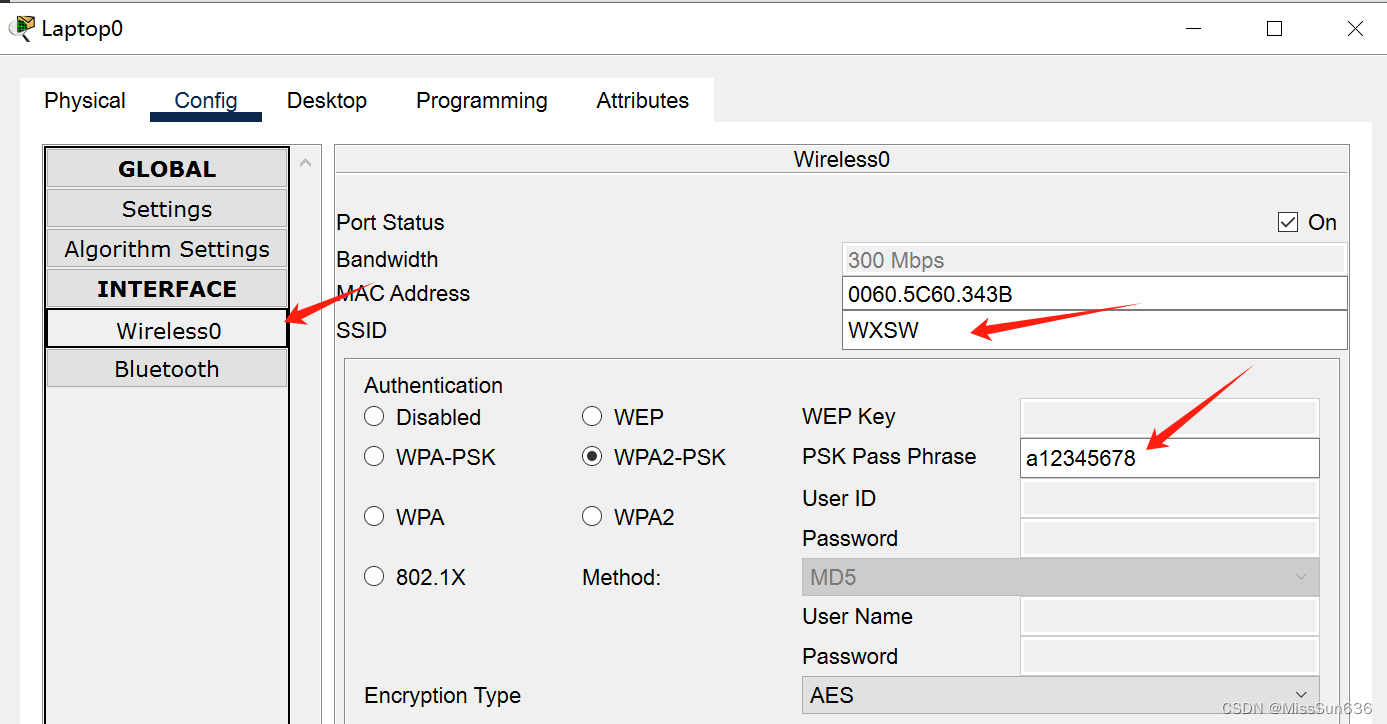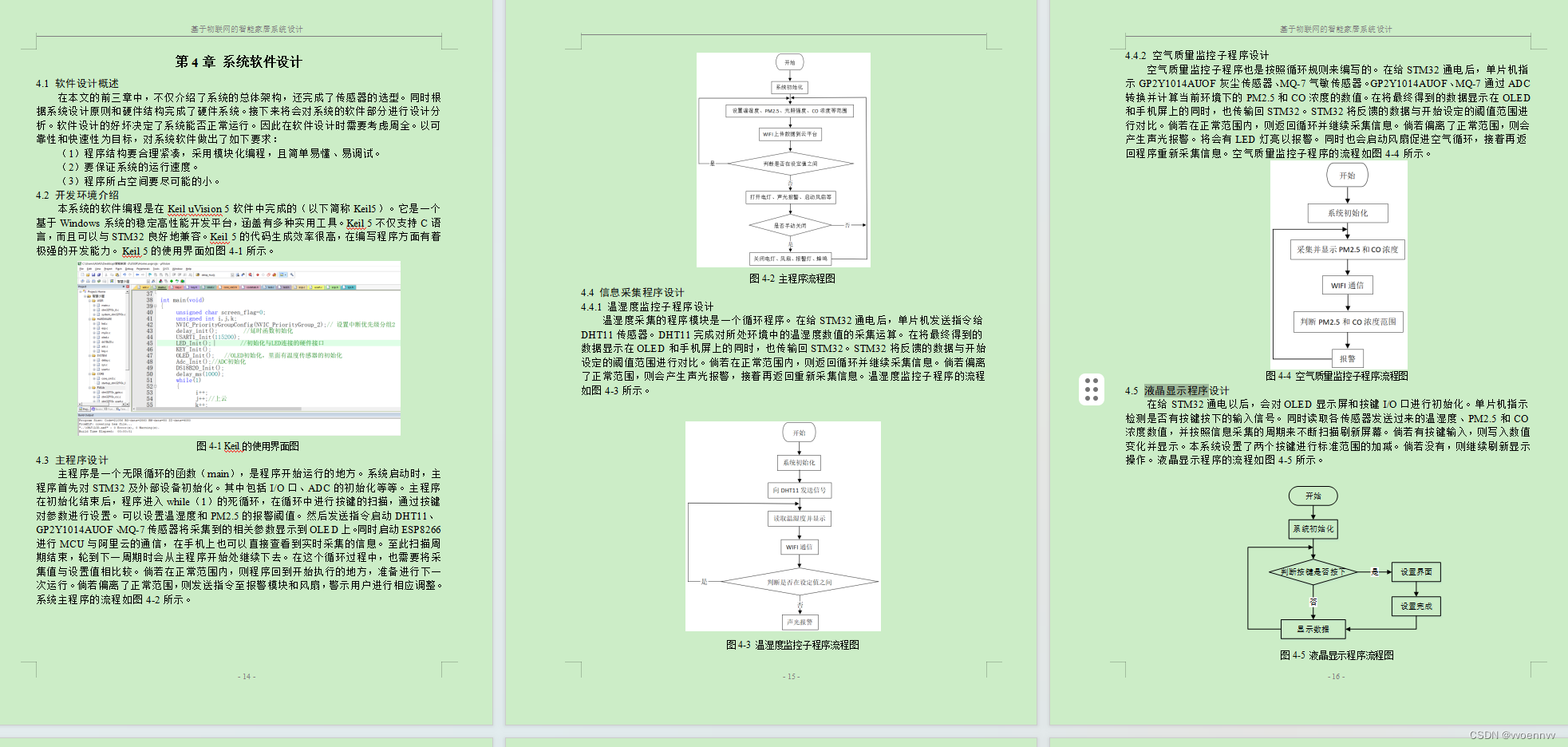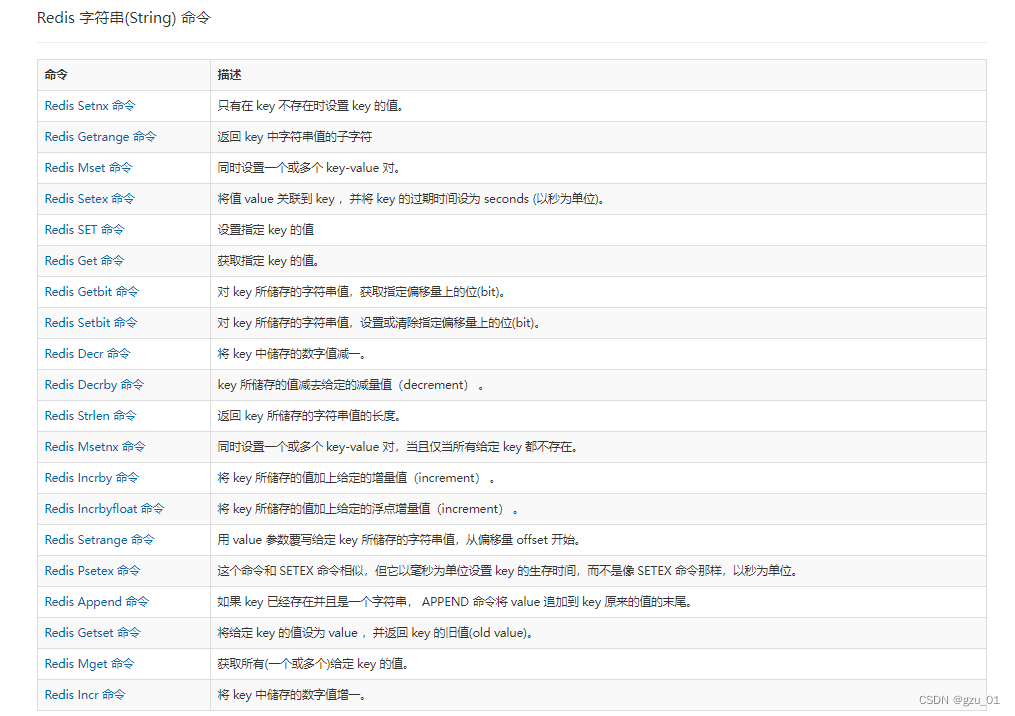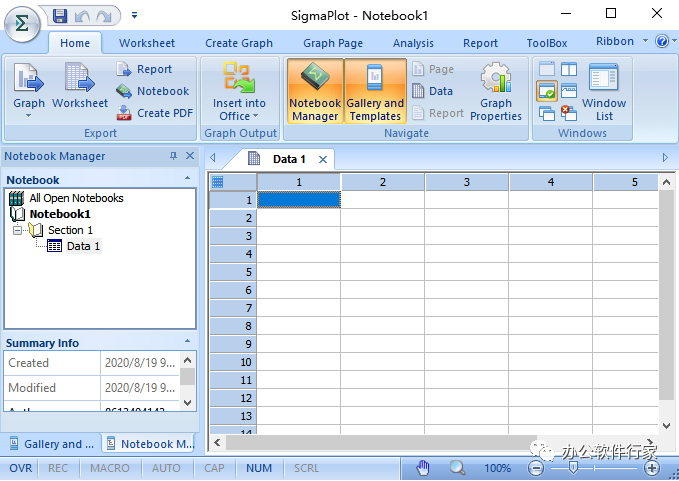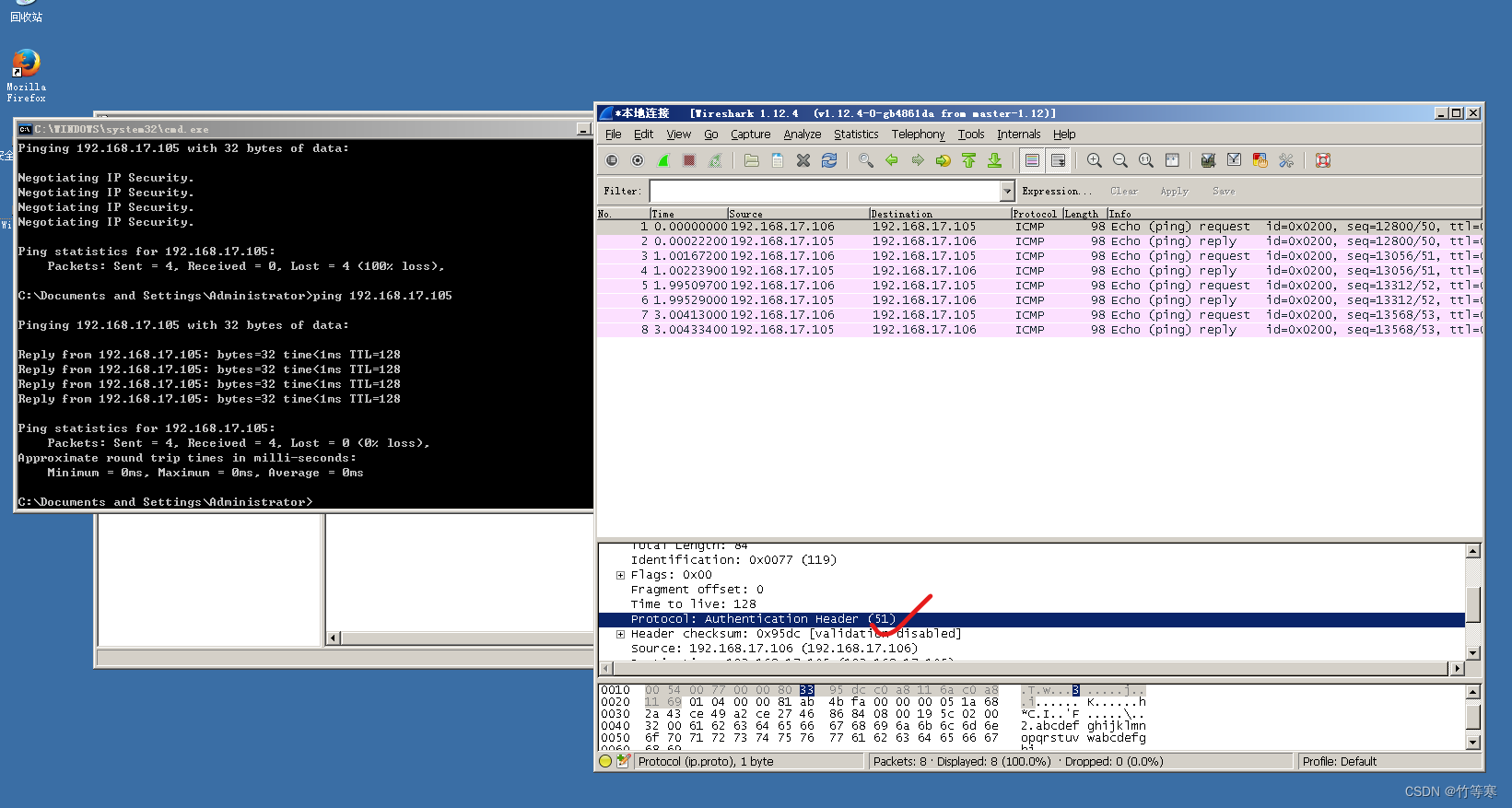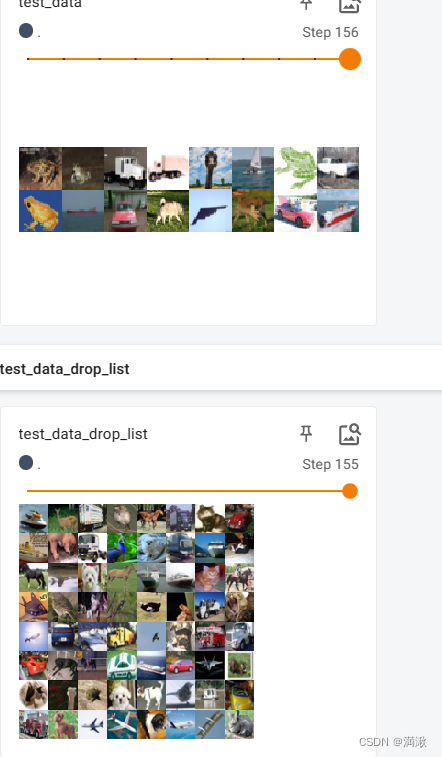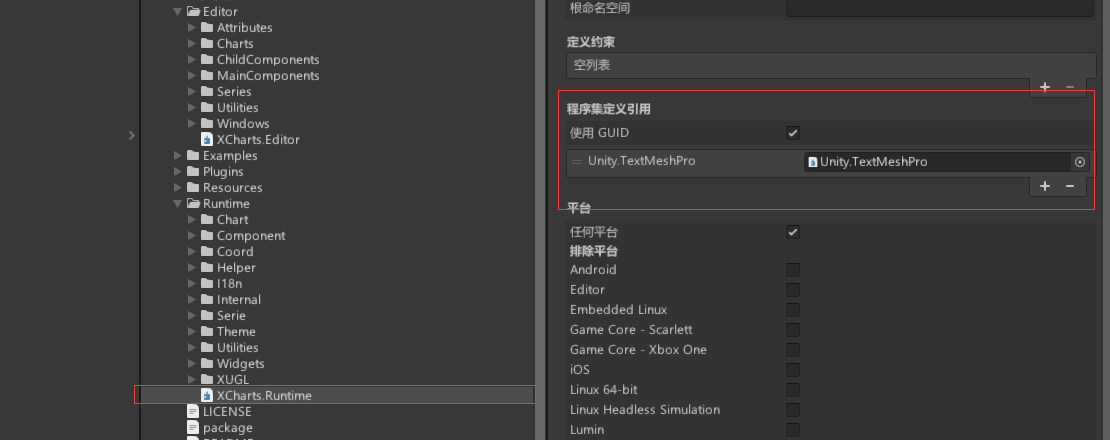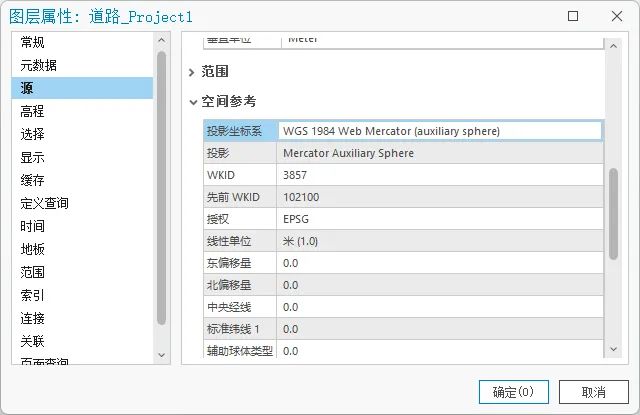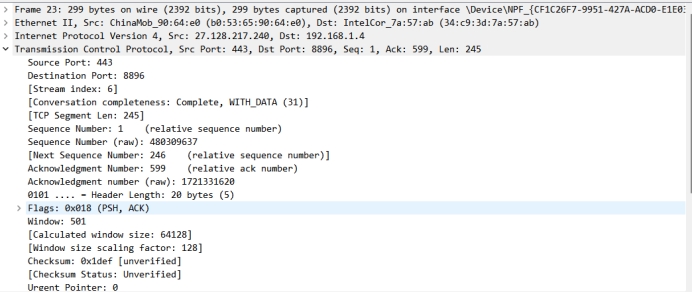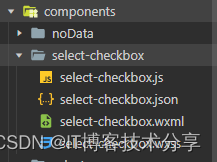增删改
处理日期
oracle 处理date 类型 必须使用 to_date 函数或 sysdate
oracle 与 mysql 处理 date 的区别
mysql 中的 date 类型 只 支持 年月日, 使用 '2000-10-01'
oracle 中 date 类型 包含 年月日时分秒, 使用 to_date 函数
to_date('1999-10-15','yyyy-MM-dd')
oracle 获取当前系统日期 用 sysdate
mysql 获取当前系统日期 用 now()
语法: insert into 表名 (列1,列2,.....) values (值1,值2,....); 注意事项: a. 列的格式 必须与 值的 个数 相等 b. 值 必须 与 列定义的 数据类型 一致 数字 直接写, 字符 用 单引号括起来 日期 用 to_date() 函数 或 sysdate c. oracle 中 自增 与 mysql 不同 , oracle 中 使用 序列 生成 自增 d. 语法中的 列 可以不写, 但是 推荐 还是写
-- 批量 插入: (从已有的表 中将 部分信息插入到 当前表) insert select
-- 语法: -- insert into 表名1(列1,列2) select 列21,列22 from 表名2
insert into emp1(ename,borndate,depid)
select ename,borndate,depid from emp;
--批量 插入: (从已有的表 中将 部分信息插入到 当前表) insert select -- result : stuno,subno,examtime create table abc( stuno VARCHAR2(50), subno number, examtime date ) insert into abc(stuno,subno,examtime) select stuno,subno,examtime from result; -- select * from abc; -- 删除 abc drop table abc;
union
dual 确实是一张表.是一张只有一个字段,一行记录的表.(Oracle提供的最小的工作表,只有一行一列,具有某些特殊功用)。
习惯上,我们称之为'伪表'.因为他不存储主题数据.
insert into subject SELECT 3,'c语言',1 FROM DUAL union SELECT 4,'go语言',1 FROM DUAL
-- 修改 ---------(带条件)
-- update 表名 set 列名=值,列名2=值2 where 条件 [and 条件2 ]
-- 改全部表 数据 , 将 emp 的 sex 都改为 0
-- 语法 : update 表名 set 列名=新值;
select * from emp;
update emp set sex='0';
-- 带1条件的修改: update 表名 set 列名=新值 where 条件;
-- 将 员工编号为 1002 的员工 的性别 改为 1, ( 员工编号, 性别 --> emp)
update emp set sex='1' where eno=1002;
-- 将 员工编号为 1003 的 性别改为1 ,名字 改为 李四2;
-- 修改 多列
-- 语法: update 表名 set 列名=值,列名2=值2,列名3=值3 where 条件;
update emp set sex='1' , ename='李四2' where eno=1003
-- 将员工编号为 1006 且 性别为 0 的员工的 名字改为 lili, 出生日期为 2000-12-12
update emp set ename='lii' , borndate=to_date('2000-12-12','yyyy-mm-dd')
where eno=1006 and sex='0' ;
-- sql 中 且,并且 and 或,或者 or
--
-- 删除 (带条件--- 删除表的数据)
-- 在 主从关系中, 先删 从表 再删主表
-- delete from 表名 ; -- 清空表,无数据 ,表结构依然在,
-- delete from 表名 where 条件 [and 条件2]; --- 将符合条件的数据 删除
delete from emp ;
delete from dept where depid=10;
select * from emp;
select * from dept;
-- 删除表
--语法: drop table 表名; -- 清空表,表里数据会清空,同时 表结构也会删除
drop table emp;
-- insert delete update select
-- 查询
-- 语法: select * from 表名 ; --- * 代表查询 全部列
select * from dept;
--语法: select 列名1 from 表名; --- 查询部分列
select ename,sex from emp;
-- 带条件查询
select depname from dept where depid =3;
-- 查询 部门编号为2 的 员工信息
select * from emp where depid=2
-- 查询部门编号为2的员工姓名及性别
select ename,sex from emp where depid=2
-- 模糊查询 like
-- 通配符: % 匹配任意字符 _ 下划线 只匹配单个字符
--
--
-- 查询 姓王的员工信息 , 王X 王XX 王XXX 王XXX
select * from emp where ename like '王%';
-- 查询 姓名包含 四 字的员工信息, 四XX X四 XX四
select * from emp where ename like '%四%';
-- 查询 姓李 并且 名字为 2个字的 学生信息 李X ,李XX 就不对
--
select * from emp where ename like '李_';
-- 查询 姓李 并且 名字为 3个字的 学生信息 李X 不对 ,李XX
select * from emp where ename like '李__';
-- 查询 员工编号为 1001 或 1002 或 1003 的员工姓名及性别
select ename ,sex
from emp
where eno=1001 or eno = 1002 or eno=1003
-- in not in
select ename ,sex,eno
from emp
where eno in (1001,1002,1003)
select ename ,sex,eno
from emp
where eno not in (1001,1002,1003)
-- 排序查询 由小到大 叫 升序, 由大到小 叫 降序
-- order by 列名 desc (降序) asc (升序-- 默认的)
-- 语法: select * from 表名 where 条件 order by 列名 desc [asc]
-- 查询 部门编号为2 的员工信息, 并按照 员工编号进行 降序排列
select *
from emp
where depid=2
order by eno desc ;
-- 查询 部门编号为2 的员工信息, 并按照 出生日期进行 降序排列
select *
from emp
where depid=2
order by borndate desc ;
select *
from emp
where depid=2
order by eno asc ;
-- 去掉重复的数据 distinct
--
select depid from emp ;
select distinct depid from emp ;
-- 查询 员工编号在 1001 与 1010 之间的员工信息 员工编号 >=1001 且 员工编号 <= 1010
-- 方法1:
select * from emp where eno >=1001 and eno <= 1010;
-- 方法2: between and
select * from emp where eno between 1001 and 1010;
--select * from emp where eno between 1010 and 1001; -- 无语法错误,但是 无匹配数据 无意义
语法: insert into 表名(列名1,列2, 列3,.....) select 值1,值2,值3,.... from dual union select 值1,值2,值3,.... from dual union select 值1,值2,值3,.... from dual union select 值1,值2,值3,.... from dual union select 值1,值2,值3,.... from dual dual 表 是 oracle 特有的, 单行单列
语法: update : update 表名 set 列=新值,列2=新值2,列3=新值3 [ where 子句 ] 如果update 时 没有 where 子句,则表里所有的数据都会被更新 delete: delete from 表名 [where 子句]; 如果在删除时 没有where 子句 ,则 delete from 会清除表里的数据
查询
基础查询
查询全部列 : select * from 表名; 查询 部分列: select 列名1,列名2,..... from 表名; 列的重命名 需要使用 as, 也可不写 select stuname as 姓名,phone 电话 from student;
条件查询
where 条件字句:检索数据中
符合条件的值带条件的查询 SELECT * from where 子句; 如果 where 有多个条件, 则 并且,且 用 and , 或,或者用 or -- 查询 student 的全部数据 select * from student; -- 查询 所有学生的 姓名与电话 select stuname,phone from student; -- 列 重命名 select stuname as 姓名,phone 电话 from student; -- 查询学号为 1001 的学生姓名与邮箱 select stuname,email from student where stuno='1001'; -- 查询 性别为 女 (1) 的学生姓名 与出生日期 select stuname,borndate from student where sex=1; -- 查询 成绩在 80-90之间,参加 科目编号为1的 学生的学号 select stuno,score from result where score>=80 and score<=90 and subno=1
模糊查询
like % 任意字符 _ 任意一个字符
聚合函数
聚合函数查询: 5个 , 只有一个结果 count(*) 统计个数 max(列名) 对这列求 最大值 min(列名) 对这列求最小值 sum(列名) 对这列求 求和 avg(列名) 对这列求 平均值
count(*) 与 count(列名) 与 count(1) 的区别
count() 统计所有的数据的个数 包括 空行 null count(列名) 如果这个列名的值为null 则 不会进行统计 count(1) 与 count() 等同
分组查询
分组查询
select 聚合函数,被分组的列名 from 表名 [where 子句] group by 列名 [having 子句]

-- 模糊 与 聚合的 练习 -- 统计 名字中带有 丽 字的学生 个数 select count(*) 学生个数 from student where stuname like '%五%'; select * from student; -- 求 科目编号为 1 的最高成绩 select max(score) 最高成绩, min(score) 最低成绩 from result where subno=1 select * from result; -- 求 参加了 科目编号为1 的考试的 总成绩与平均分 select sum(score) 总分, avg(score) 平均分 from result where subno=1 /* 1.统计一下年级编号为 2 的 年级一共开设多少门课 2.统计一下 姓张的同学的个数 3. 求 科目编号为 3 的 最高分 4.将 学号为 1001 的学生的 姓名 改为 王丽丽, 邮箱为 uy@qq.com 5. 删除 学号为 1001的 科目编号为1 的成绩 6. 统计 年级编号为1 的学生个数 */ select * from student; -- 分组查询 select count(*) 女生个数 from student where sex=1; select count(*) 男生个数 from student where sex=0; --统计 男女个数 select count(*), sex from student group by sex -- 统计 年级编号为 1 的 男女个数 -- 先 筛选 年级编号为1 的 , 然后在分组 , 因此 用 where -- where 是在分组前 进行数据的筛选 select count(*), sex from student where gid=1 group by sex -- 分组练习 -- 统计 各个年级的学生个数 -- 统计 科目编号为1 ,成绩高于 90分的学生个数 -- 统计 参加 各个科目的考试人数 -- 统计 成绩高于80分的, 各个科目的考试人数
连接查询
内连接: inner join 外连接 left join /right join 内连接: tableA inner join tableB on 外键 tableA 与 tableB 在 内连接 地位 是 等价的, 谁在前谁在后 不影响 执行结果 where 写法 外连接: tableA left join tableB , tableA为主表,tableA里的全部数据都要显示,如果 匹配tableB 没有数据则以null填充 tableA right join tableB , tableB为主表,tableB里的全部数据都要显示,如果 匹配tableA 没有数据则以null填充
子查询
-- 查询 一年级 的学生信息 -- inner join select stuname,phone,stuno from student s inner join grade g on s.gid=g.id where name='一年级'; --where 写法 select stuname,phone,stuno from student s , grade g where name='一年级' and s.gid=g.id -- 查询 一年级 的学生信息 -- 子查询 select stuname,phone,stuno from student s where gid in (select id from grade where name='一年级')
排序
select 聚合函数,被分组的列名 from 表名 [where 子句] group by 列名 having 子句 order by 列名[desc]
其他
自增与序列
在oracle 有一张特殊的表 dual dual 是oracle 中一个伪表, 利用这张表 可以查看序列(自增) 查看 一个表达式的值,执行函数 dual 最经常用来 选择系统变量或查看一个表达式的值 /* 语法: create sequence 序列名(自己起) minvalue -- 最小值 maxvalue --最大值 start with -- 初始值 ,默认1 increment by -- 步长 ,增长量 nocycle -- 不循环 , cycle -- 循环 -- 如果不循环,当达到最大值时,继续产生会发生错误 --如果循环,当递增序列达到最大值时,循环到最小值, --如果循环,当递减序列达到最小值时,循环到最大值 cache -- 存放序列的内存块的大小,默认值为20 , nocache 不缓存 */ -- 1.创建 一个自增序列 create sequence seq_dept_deptno start with 1 increment by 1 nocycle nocache -- 2. 使用 序列名.nextval 获得 值 insert into dept(depid,depname) values(seq_dept_deptno.nextval,'其他部12');
分页
-- 分页查询, 规定 ,每页显示2条 记录 , ROWNUM /* select * from ( select A.*,ROWNUM rn from (select * from 分页的表的名字) A where ROWNUM<= 当前页*每页显示的条数 ) where rn>(当前页-1)*每页显示的条数; */ -- 第1页,每页显示 2条 select * from ( select A.*,ROWNUM rn from (select * from emp) A where ROWNUM<= 2 ) where rn>0; -- 第二页 ,每页显示2条 select * from ( select A.*,ROWNUM rn from (select * from emp) A where ROWNUM<= 4 ) where rn>2;
